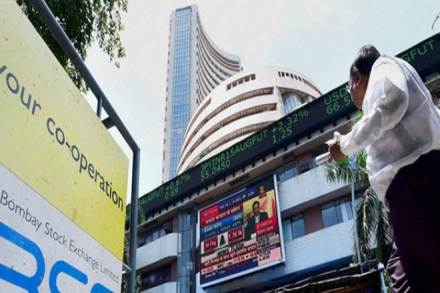Shriram Transport Finance (SHTF) is on the cusp of a strong earnings trajectory. Company-specific drivers (reduction in credit cost, C/I ratio), along with a recovery in the CV market, should lead to 30%+ earnings growth over FY17-20. Also, we reiterate our stance that SHTF will be a big beneficiary of CoF reduction due to a large share of high-cost legacy borrowings. Thus, contrary to investor fears of a margin contraction due to rapid migration toward lower-vintage vehicle financing, margins should actually remain steady or even improve. Asset quality has been stable on an apples-to-apples basis. Over the past several quarters, the GNPL ratio has ranged from 4-4.5% on a 180-dpd basis – similar to the levels seen in FY16 before the NPL migration. However, the NPL provision buffer has almost doubled from Rs 20bn in 3QFY16 to Rs 35bn in 2QFY18. Despite the NPL migration, SHTF has stuck with a PCR policy of 70%+, which impacted its earnings. Meanwhile, an analysis of write-offs suggests that asset quality has been rather stable over the past three-four years. Write-offs, as a percentage of two-year-lag average AUM, have been steady at 2.0-2.2%, suggesting that the rise in GNPLs is merely statutory and not economic.
SHTF is highly levered to the economy. However, given its (a) niche, difficult-to-replicate business model, (b) virtual monopoly in old vehicle (6+ years vintage) financing and (c) 12-15%+ AUM growth and 17-18% steady-state RoE, we believe that SHTG warrants a higher multiple. Every 25bp higher margin/ lower credit cost has a positive impact of 15-20bp on ROAUM, leading to a 5 % upgrade in earnings. We thus expect earnings upgrades for vehicle financiers, going ahead.
SHTF’s return ratios are just off cyclical lows, with decadal high credit cost and NPLs. However, the elevated credit costs for the company over the past two years are just statutory and not economic – i.e. write-offs (as % of AUM) have been stable. Credit costs have been high only in order to maintain PCR and not because of high net credit losses. We believe that the worst of asset quality troubles is behind and that the company should witness improving return ratios due to lower credit costs. Additionally, we believe that margin compression fears are overplayed, with the company yet to reap benefits in its cost of funds (CoF).
